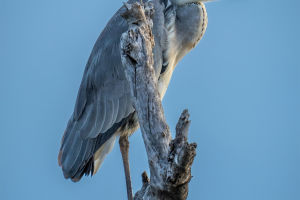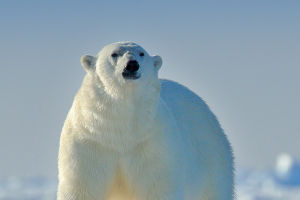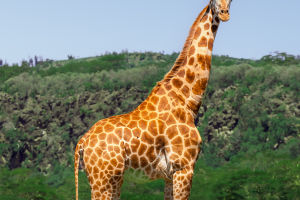Hey Lykkers! Have you ever encountered the elegance of a deer roaming through the wild?
Let’s explore the captivating world of the Siberian roe deer and uncover some fascinating insights about this remarkable creature!
Introduction to the Siberian Roe Deer
The Siberian roe deer, or Capreolus pygargus, is a stunning species of deer native to the vast forests of Siberia and parts of Northeast Asia. These graceful animals are known for their striking appearance and adaptability to their environment. With their slender bodies and beautiful fur, they play a vital role in the ecosystem as herbivores and as prey for larger predators.
5 Interesting Facts About Siberian Roe Deer
Distinctive Physical Traits:
Siberian roe deer are characterized by their reddish-brown fur in summer, which becomes grayish-brown in winter. Their white underbelly and a distinctive white patch on their rear end make them easily recognizable. Males have antlers that they shed annually, usually in late autumn.
Incredible Agility:
These deer are known for their remarkable agility. They can run at speeds of up to 40 km/h (25 mph) when threatened, making quick escapes from predators. Their ability to jump over obstacles further enhances their survival skills in the wild.
Adaptable Diet:
Siberian roe deer are herbivores, primarily feeding on leaves, grasses, and shrubs. They are particularly fond of young shoots and flowers, which provide them with the nutrients they need to thrive. Their adaptable diet allows them to survive in various habitats, from dense forests to open grasslands.
Social Behavior:
While Siberian roe deer are generally solitary animals, they can also be found in small groups, especially during the mating season. Females usually remain in the same area, while males may roam larger distances. Their social structure can change based on the time of year and the availability of food.
Breeding and Offspring:
The mating season for Siberian roe deer typically occurs in late summer to early autumn. After a gestation period of about 240 days, females give birth to one or two fawns in late spring. The fawns are born with spotted coats that provide excellent camouflage, helping them evade predators during their vulnerable early days.
Habitat and Conservation
Siberian roe deer inhabit a range of environments, including taiga forests, scrublands, and mountainous regions. They prefer areas with ample cover to hide from predators while grazing. Unfortunately, habitat loss due to logging, agriculture, and urbanization poses significant threats to their populations. Conservation efforts are underway to protect their natural habitats and ensure their survival.
The Siberian roe deer is a beautiful and vital part of the ecosystem in its native habitats. With their agility, adaptability, and unique social behaviors, they continue to capture the interest of wildlife enthusiasts and researchers alike. So, Lykkers, let’s appreciate these remarkable creatures and support conservation efforts to ensure they thrive for generations to come!


